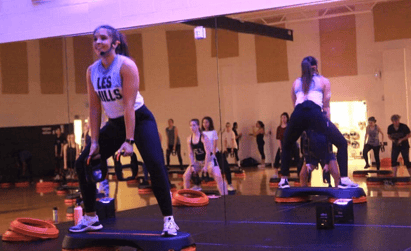 Picture this: It’s the last 10 minutes of your favorite group fitness class on the NIFS Fitness Center’s basketball court. You have already completed dozens of repetitions of strength-training exercises and now it’s time for a cardio finisher. You are sweating, tired, and ready to be done, but you keep going. You are so close… it’s the final 5, 4, 3, 2, and 1 seconds of cardio, and you made it. Wow, you feel exhausted, but accomplished. Your body is tired, but mentally you are at ease. Why does exercise make your mind feel so good?
Picture this: It’s the last 10 minutes of your favorite group fitness class on the NIFS Fitness Center’s basketball court. You have already completed dozens of repetitions of strength-training exercises and now it’s time for a cardio finisher. You are sweating, tired, and ready to be done, but you keep going. You are so close… it’s the final 5, 4, 3, 2, and 1 seconds of cardio, and you made it. Wow, you feel exhausted, but accomplished. Your body is tired, but mentally you are at ease. Why does exercise make your mind feel so good?
Mental Health Benefits of Group Exercise
Exercise has many perks that are relevant to daily life, but focusing on mental health, exercise has loads of benefits.
- Exercise increases the blood supply to your brain. More blood means more oxygen and more nutrients.
- Exercise works as a distraction. When you’re working out and pushing yourself, the things that usually occupy your mind to make you anxious are not the main focus.
- Exercise helps you sleep. Pushing yourself daily in a workout can help you regulate your sleep cycle.
- Exercise reduces tension. Moving your body in a workout can help relieve the tension built up from stress.
- Exercise boosts your overall energy. Yes, working out makes you tired, but it also releases endorphins that boost your mood, memory, and energy level.
Getting Started with Group Fitness
Now that you know some of the benefits of exercise, how can you get started on improving your mental health with group fitness?
If you do not regularly attend group fitness classes, start slow. Set a target of one or two classes to attend a week. It’s important not to push yourself too hard by trying to attend a class every day of one week, causing you to be burnt out or unmotivated to go the next week. The main objective for you is to set an attainable goal for several classes to attend weekly and then gradually increase your weekly participation once you are comfortable.
Don’t be afraid to mix up the formats. At this point, any exercise led by our instructors will be good for you. Try out formats that you have never tried before, or even try a format you have enjoyed in the past with a new instructor. Mix it up!
The key to success within group fitness is to find formats that you enjoy with instructors that you look forward to going to. After all, attending a class that you dread is not going to be beneficial for your mental health. The more consistent you get with your workout attendance, the more constant the benefits will be.
Group Fitness at NIFS
Come join us in our group fitness community. NIFS has a wide variety of group fitness offerings, so you are sure to find a class to boost your mood, increase your energy, and improve your mental health.
This blog was written by Payton Gross, Group Fitness Coordinator and Barre Above Instructor. Learn more about the NIFS bloggers here.


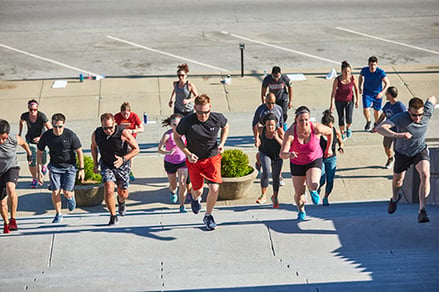 Group fitness classes are fitting for many people because the classes provide participants with predetermined workouts led by highly motivated instructors in a group setting. The niche of group fitness is constantly evolving. Classes in the category of group fitness look a lot different than they did 10 or 20 years ago. Not only do the classes look different, but they are more diverse than ever. Many participants use group fitness as supplementation for a typical workout at the gym because all you have to do is show up. Ease of participation coupled with the accountability of other members makes group fitness classes a unique environment.
Group fitness classes are fitting for many people because the classes provide participants with predetermined workouts led by highly motivated instructors in a group setting. The niche of group fitness is constantly evolving. Classes in the category of group fitness look a lot different than they did 10 or 20 years ago. Not only do the classes look different, but they are more diverse than ever. Many participants use group fitness as supplementation for a typical workout at the gym because all you have to do is show up. Ease of participation coupled with the accountability of other members makes group fitness classes a unique environment.
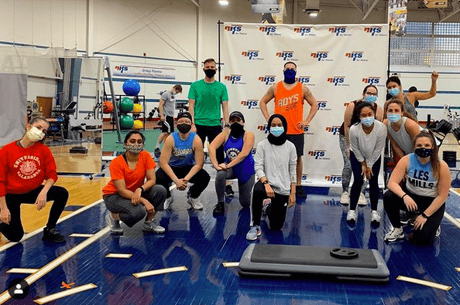 Group fitness
Group fitness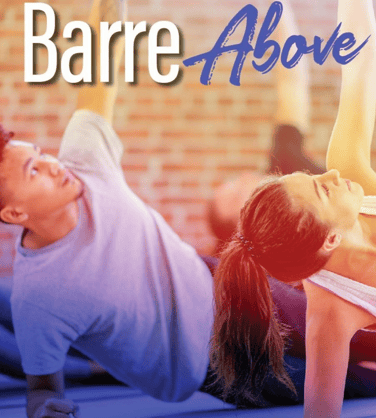 Are you looking for a workout to strengthen and tone muscles without increasing bulk, but have not found anything that you like doing? Have you always wanted to increase your cardiovascular endurance and metabolism but hate doing regular old boring cardio? Well I might have an answer for you…
Are you looking for a workout to strengthen and tone muscles without increasing bulk, but have not found anything that you like doing? Have you always wanted to increase your cardiovascular endurance and metabolism but hate doing regular old boring cardio? Well I might have an answer for you… 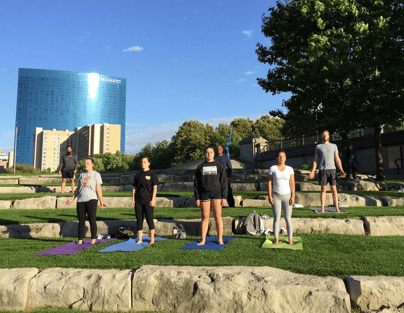 Do you want to be part of a community and hold yourself accountable while working out? Group fitness classes just might have what you are looking for!
Do you want to be part of a community and hold yourself accountable while working out? Group fitness classes just might have what you are looking for! 
 Les Mills® BODYPUMP™
Les Mills® BODYPUMP™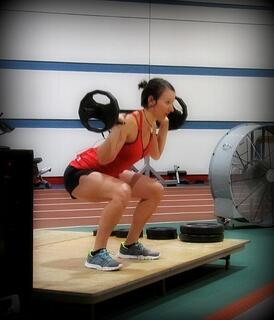
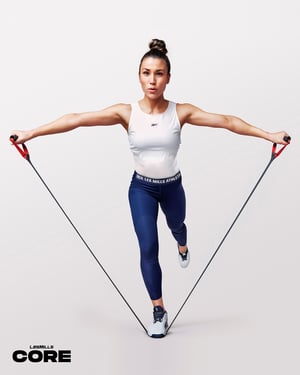 The “core” is a fitness buzzword that has rung in people’s ears for some time now. If you have been in the gym in the past 10–15 years, you have heard about the importance of a strong core in performance and for activities of daily living. And it’s so true: a weak center can lead to many issues throughout the entire body, mainly low-back pain and tight hips. I am not reporting anything new here; a strong trunk is super, super important!
The “core” is a fitness buzzword that has rung in people’s ears for some time now. If you have been in the gym in the past 10–15 years, you have heard about the importance of a strong core in performance and for activities of daily living. And it’s so true: a weak center can lead to many issues throughout the entire body, mainly low-back pain and tight hips. I am not reporting anything new here; a strong trunk is super, super important!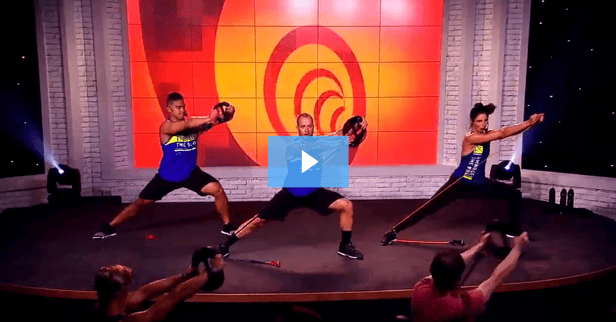
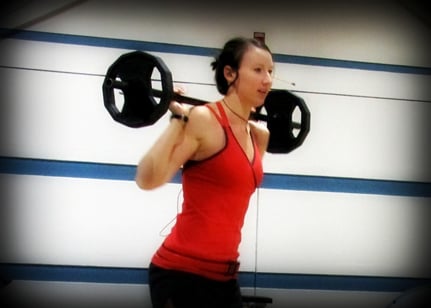 Group Fitness
Group Fitness
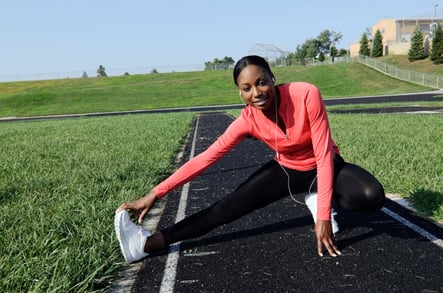 heard that exercise is good for health. The fitness industry has been growing significantly over the past decade. As of 2017, there were
heard that exercise is good for health. The fitness industry has been growing significantly over the past decade. As of 2017, there were ![GettyImages-627455550-[Converted]-new](https://www.nifs.org/hs-fs/hubfs/GettyImages-627455550-%5BConverted%5D-new.jpg?width=402&name=GettyImages-627455550-%5BConverted%5D-new.jpg)
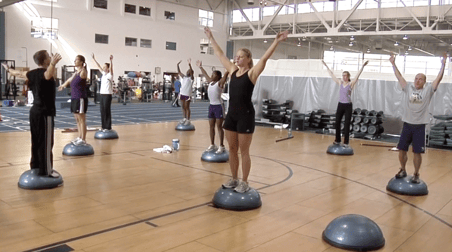 Imagine a tightrope walker, gracefully walking their path across their suspended highwire. An incredible amount of balance is required, along with stability and strength, to ensure that the performer maintains their position on the rope. Now think about balance as it applies to you and your profession or daily life. You might not even think about it, but you use balance every day. Things that you take for granted, such as walking down stairs, putting on a pair of pants, and getting out of your car require some level of balance, or else we would most likely take a tumble. Thankfully, there are exercises and routines designed to improve and train balance that transfer nicely to daily life.
Imagine a tightrope walker, gracefully walking their path across their suspended highwire. An incredible amount of balance is required, along with stability and strength, to ensure that the performer maintains their position on the rope. Now think about balance as it applies to you and your profession or daily life. You might not even think about it, but you use balance every day. Things that you take for granted, such as walking down stairs, putting on a pair of pants, and getting out of your car require some level of balance, or else we would most likely take a tumble. Thankfully, there are exercises and routines designed to improve and train balance that transfer nicely to daily life.